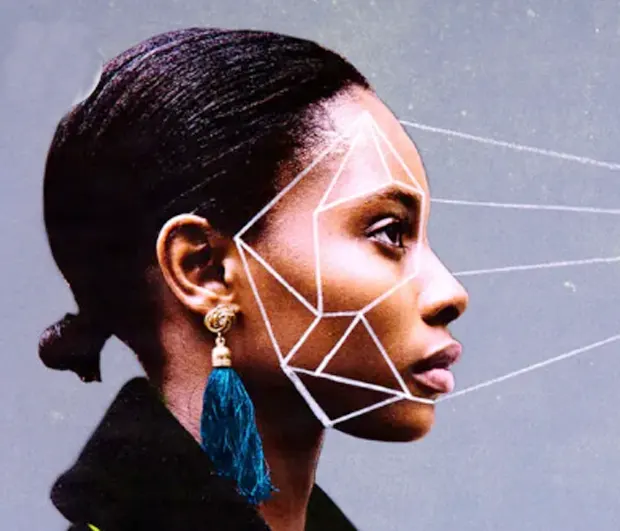In a new study, individuals rated as attractive had higher rates of phagocytosis of E. coli bioparticles, higher basophilTrusted Source white blood cell counts, and lower neutrophilTrusted Source white blood cell counts.
Female participants rated photos of males with high functioning natural killer (NK) cellsTrusted Source as being more attractive. NK cells are immune cells that defend against viral infections and cancer.
Male participants rated photos of females with low functioning NK cells as more attractive.
Male participants rated photos of females with slower rates of S. aureus growth in their plasma as more attractive than females with faster rates of S. aureus growth. This effect was absent in males.
Scientists who study the evolution of humans have long postulated that the individuals considered the most “good-looking” may also be healthier.
“[I]t’s been long theorized that this relationship should exist,” Summer Mengelkoch, a doctoral candidate in experimental social psychology at Texas Christian University and lead author of a new study on the topic, told Medical News Today, “but no one’s really studied it very directly before.”
A number of scholars, the researchers of the new study write, have found features such as symmetrical and average faces to be considered attractive across cultural groups. In the past, researchers have suggested these preferences may be linked to those who possess these traits being better reproductive partners because they’re healthy with strong immune function.
For the new study published in Proceedings of the Royal Society B: Biological Sciences, the researchers set out to “address this empirical gap” by examining links between physical appearance and immune function.
Study used stringent criteria for selecting participants
The researchers recruited 159 people who were students at Texas Christian University or members of the nearby community. Participants ranged from 17–30 years old. About 67% were white, about 15% Hispanic, about 6% Asian or Pacific Islanders, and less than 5% Black.









